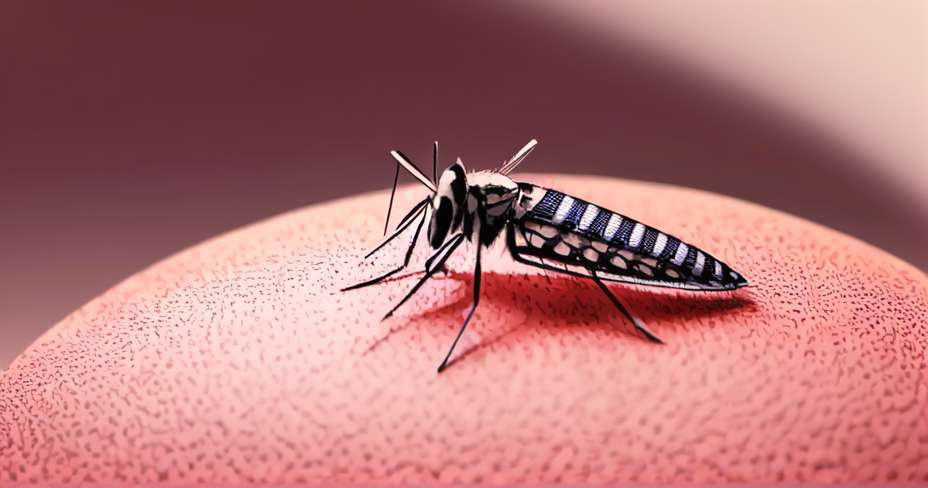Corporate responsibility
April 2024

Insects are everywhere. And although most are beneficial to the environment, there are some that can cause harm to people and animals because they are carriers of diseases.
In addition, they are capable of inflicting painful stings that cause health problems, and even death.
In particular there are five insects of which we must be very careful. GetQoralHealth tells you what they are
Insects responsible for numerous gastrointestinal diseases and the spread of infectious diseases; they live in places where there is heat, humidity and food, such as kitchens, food pantries, food warehouses and places where garbage accumulates. They can transport pathogens such as bacteria, cysts and parasite eggs, on the surface of their body or through their digestive tract, eliminating them through vomiting or defecation.

Its control is based on a good knowledge of its biology and habits, being of primary importance the cleaning and general cleaning, the disposal of garbage in covered containers, among others.
Their bites usually cause an immediate and painful reaction on the skin. The allergic reaction to the bee sting occurs when the person is sensitized to the poison by a previous sting. Usually, the bee's venom is not toxic and only causes local pain and inflammation. In the case of ants, the pain is due to the injection of formic acid at the time of the bite.

Luckily, the dose is very small and the situation does not go beyond the burning we feel. However, there are people in which the stings of the ants also provoke allergic reactions.
Their bites cause itching before pain. In most cases, bites and stings can be treated at home easily; however, some people have severe allergic reactions. Most people experience localized pain, redness, swelling or itching. You may also experience a burning sensation, numbness or tingling.

Fleas are insects that lack wings, suck blood and feed on dogs, cats, humans and other species. Fleas prefer to be guests of cats and dogs, but in their absence they are installed in humans. The bites often occur around the waist, ankles, armpits and on the back of the elbows and knees, causing small welts that can cause itching and bleeding.
These small parasitic insects can spread through intimate contact with other people. There are three types of lice: head, body and pubic. Body lice can reach 2 to 3 mm. long, while pubic lice are much smaller. They feed on human blood and deposit their eggs and fecal matter on the skin (they can also deposit their eggs on clothing).

The infestation of lice in the body causes intense itching. When body lice are not feeding on blood, they are lodged in the folds and seams of clothing; therefore, this type of louse is transmitted through contact with infected clothing and bedding, as well as through direct contact with an infected person.
It is a genus of tiny protozoa, whose parasitic life cycle includes the gnat or sandfly, and an appropriate host such as man, among others. The infection can cause a skin disease called cutaneous leishmaniasis, which affects the mucous membranes in many ways.

It occurs most often in the form of ulcers and can cause skin lesions similar to those caused by other diseases, such as cutaneous tuberculosis, syphilis and leprosy. Leishmania can also cause systemic disease or visceral leishmaniasis, with fatal complications.